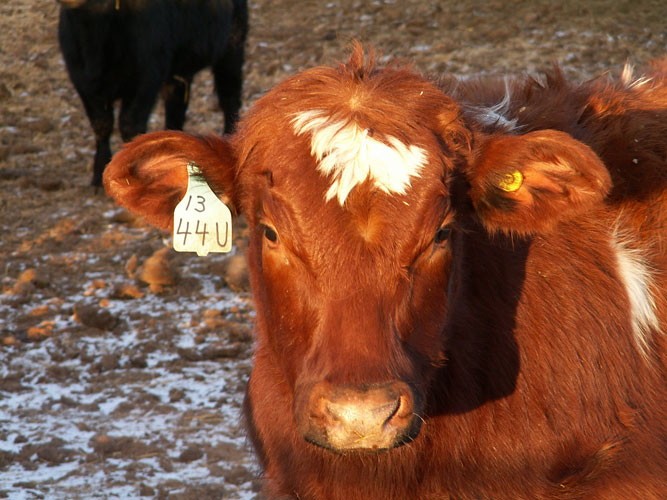From the farm, to your plate
Province develops new tracking database
Spurred by a ‘buy local’ trend, the province is trying to inform consumers about the origins and travel details of their food by investing more than $400,000 into a traceability system for all farm products created and consumed within the province.
“Our goal is to create a national agrifood traceability system, starting first with the livestock and poultry industries and eventually extending to all farms in Manitoba,” said Wayne Lees, chief veterinary officer for Manitoba.
The majority of the money will go towards developing an identification database with IBM. This database will contain information about all those involved in the production and sales of a product, from the farm that grew the product to its departure from the grocery store shelf.
“I think that this will give the consumer a sense of comfort, but I don’t think that people will change their shopping habits much,” said Stephen Kesselman, a full-time student who lives and shops in downtown Winnipeg.
Although by far the most extensive program established by the provincial government to this date, the database will be working alongside several systems already in place, including the Canadian Cattle Identification Agency (CCIA).
The CCIA was a voluntary program established in 2002 for the purpose of tracking individual cattle through the complex process that every piece of beef takes before landing on the consumer’s plate.
The program sought to identify any sick or suspicious animals and trace them back to their herd of origin, the importance of which became extremely apparent after the Bovine Spongiform Encephalopathy (BSE), or mad cow disease, scare of 2003. In 2006 the program became mandatory for all Canadian cattle producers.
The CCIA system traces meat through technology known as radio frequency identification (RFID). With this process, a tag is inserted in the ear of the cow or calf prior to the animal leaving its original herd. Each tag contains a small chip and antenna that can then transmit data to a reader, or a sort of barcode scanner.
Though the CCIA system is one of the more advanced of its kind in the world, it has not been met without skepticism. The same worries are extended towards the new traceability program.
“My biggest thing is that it’s costing us a lot of money to keep it in place,” said Boyd Mullin, a cattle rancher in southwest Manitoba.
Canada is only one of a handful of countries that have made this sort of traceability system mandatory. For many countries, including the United States, RFID and other traceability programs are still voluntary.
“I think it’s a very good system, but not when we’re the only ones doing it,” Boyd said.
In the end, although the systems in place may have their flaws, both consumers and producers are generally in favour of moving toward better traceability programs both in Manitoba and across the country.
“I believe we’re doing the right thing,” Boyd said. “It’s an honest thing.”
The database will grow to encompass more producers as more industries join the program.
Published in Volume 63, Number 22 of The Uniter (March 5, 2009)







